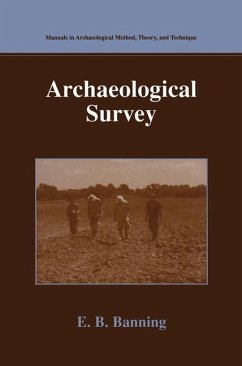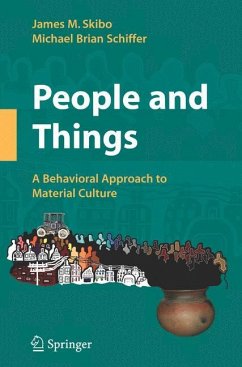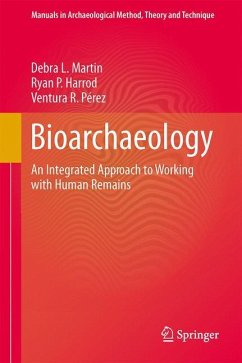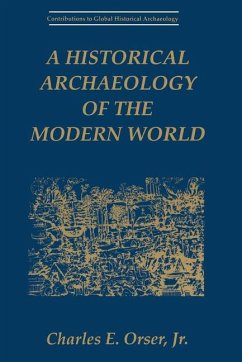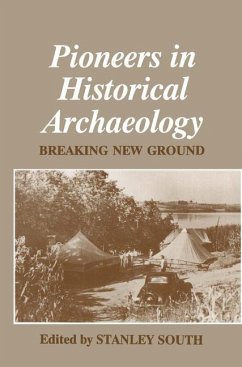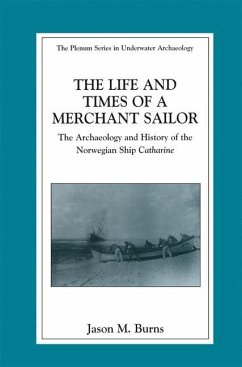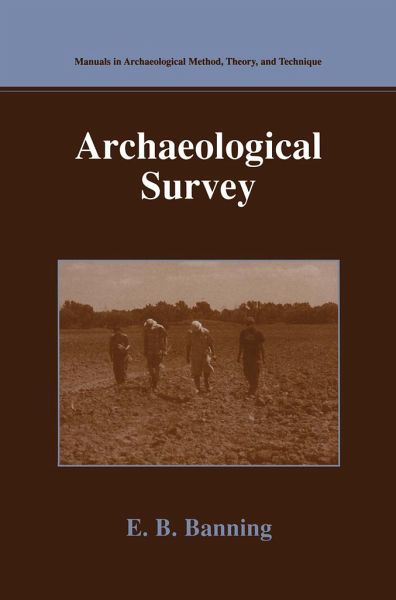
Archaeological Survey
Versandkostenfrei!
Versandfertig in über 4 Wochen
52,99 €
inkl. MwSt.
Weitere Ausgaben:

PAYBACK Punkte
26 °P sammeln!
This practical volume, the first book in the Manuals in Archaeological Method, Theory and Technique series, examines in detail the factors that affect archaeological detectability in surveys whose methods range from visual to remote sensing in land, underwater, and intertidal zones - furnishing a comprehensive treatment of prospection, parameter estimation, model building, and detection of spatial structure.
This text reviews the theory, concepts, and basic methods involved in archaeological analysis. Its aim is to familiarize both students and professionals with the principles that underlie many kinds of archaeological analysis, to encourage sound laboratory practice, and to demonstrate some of the common theoretical issues that different kinds on analyses all share. Banning opens with a discussion of the nature and presentation of - and the errors in - data and briefly reviews archaeological systematics, database and research design, sampling and quantification, modeling data, and basic artifact handling and conservation. Chapters on lithics, pottery, faunal, botanical , and soil remains follow and chapters on seriation, interpreting dates, and archaeological illustration close out the book.
Intended as a text for students in upper-division-undergraduate and graduate-level courses as well as a manual for professional researchers and cultural resource management practitioners, the book is abundantly illustrated and references and includes a glossary of key terms. Suggested laboratory exercises are available on the author's university webpage:
http://homes.chass.utoronto.ca/~banning/ARH%20312/312labs.htm
Intended as a text for students in upper-division-undergraduate and graduate-level courses as well as a manual for professional researchers and cultural resource management practitioners, the book is abundantly illustrated and references and includes a glossary of key terms. Suggested laboratory exercises are available on the author's university webpage:
http://homes.chass.utoronto.ca/~banning/ARH%20312/312labs.htm





